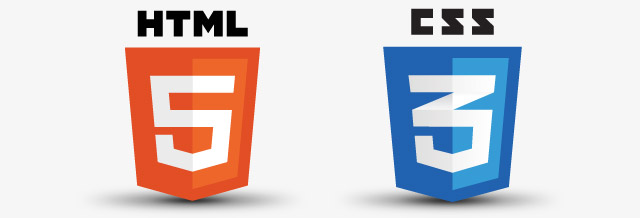 In the past month or so I've done a little bit of web development. In addition to totally redesigning this very website, I have also recently put together a new website for my brother-in-law's cabinetry business.
In the past month or so I've done a little bit of web development. In addition to totally redesigning this very website, I have also recently put together a new website for my brother-in-law's cabinetry business.
Before now, it had been at least a few years since i've done a fully-fledged new design for a website, and it really struck me how things have evolved and progressed in terms of 'modern' web design and development.
Back when I first did my website in 2004 (blog post, site archive page), pretty much anybody who knew the basics of HTML - and to an extent CSS - could easily put together a decent website by the day's standards. It was a time when Flash intros/splash-pages were the rage, and CSS-based design was really starting to come into its own.
Fast forward to 2006, when I did a small visual update to my website (blog post, site archive page), Web 2.0 was starting to come into full force. AJAX-based interfaces, and 100% div and CSS-based layout and styling were the latest trends. Even with this, being a casual web-developer wasn't too difficult. Around this time I put together the current Bribie Island website for the Church.
Now six years later, things have really changed dramatically. Fuelled by the huge uptake of smartphones and tablets, the latest trends for web development are things like 'responsive' design. Whereas before websites would have a totally separate design or template for viewing on mobile devices, now with 'responsive' design there is one design which 'responds' to the viewing device's screen size and automatically scales the page down as needed.
Along with these responsive designs have also come HTML5 and CSS3. These two technologies are helping start the new age of web presentation, and no doubt you will have noticed this over the past year or so. No longer are websites anchored to a few web-safe fonts; designers are now free to choose from thousands of fonts, as well as native browser support for things like rounded corners and transparency.
This is mainly made possible by the world finally moving to updated and modern web-browsers. Only recently have web developers been freed from the shackle that was providing Internet Explorer 6 compatibility, and with browsers like Chrome updating itself without even notifying or troubling the user, it means that developers can maybe finally start to expect that the vast majority of people will be running recent versions of mainstream browsers, and thus do their designs accordingly.
However with this evolution, specialisation and added complexity, it means that 'modern' web design is increasingly moving out of reach for the casual developer like myself. Whereas before I could easily build a 'modern' looking site from the ground up without too much effort, now I wouldn't even waste my time. Now things like AJAX-based interfaces, jQuery functions, fancy graphics, responsive designs, and lightboxes etc. are almost standard features of a website, whereas even a few years ago they were very-much extravagant extras or didn't even exist.
For the casual developer it's now much easier and quicker to spend a few dollars and purchase premium high quality HTML5 and CSS3 responsive templates and customise as needed, rather than start completely from scratch. If you're not working in web development constantly, it's quite easy to be left behind on not just the latest 'trends', but also the best-practice and acceptable way of putting a page together.
This is really demonstrated by the sheer size of just the CSS files for sites. For the Bribie site and my own website's previous design, the CSS files (the style sheets which set most of the formatting and styling of a website) were well under 500 lines long. For my brother-in-law's business and my own site's new designs, the CSS files are well over 3000 and 4000 lines respectively. Yes, being bought templates there is a fair bit of unused fat there, but that's not even taking into account all the javascript enabled functionality that both designs feature extensively.
If things with web design and development continue along their current trajectory, I know I'll be utilising premium templates and designs more often in order to produce a quality end-product. It's not about being lazy, but more recognising that modern web development is becoming an increasingly niche field.
